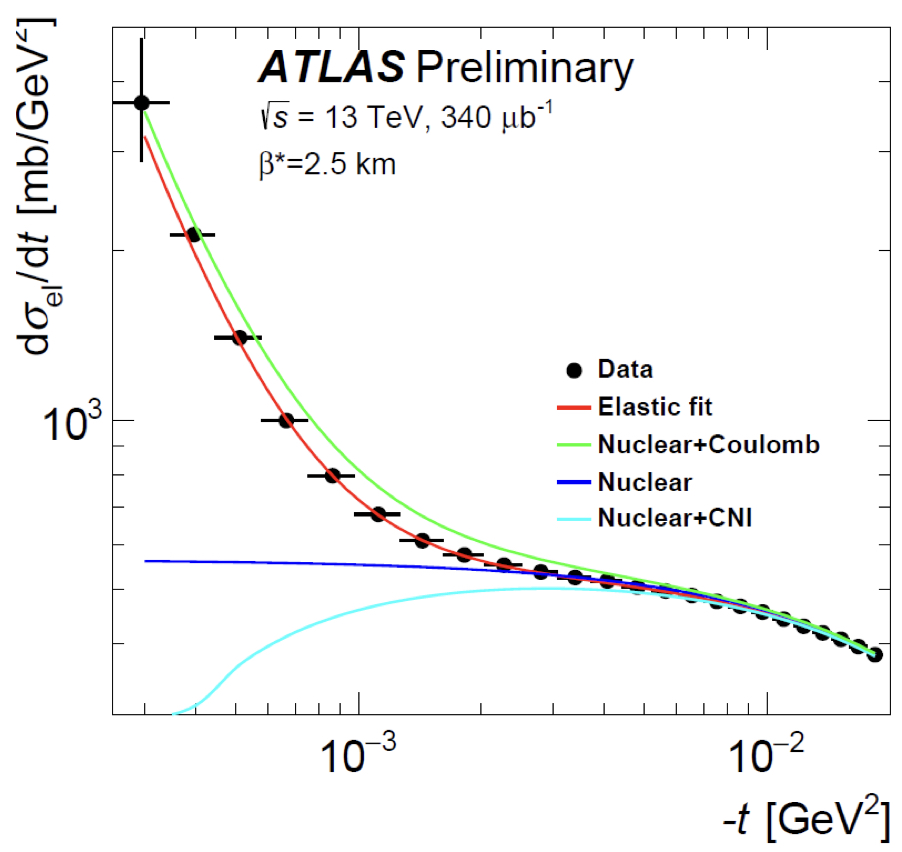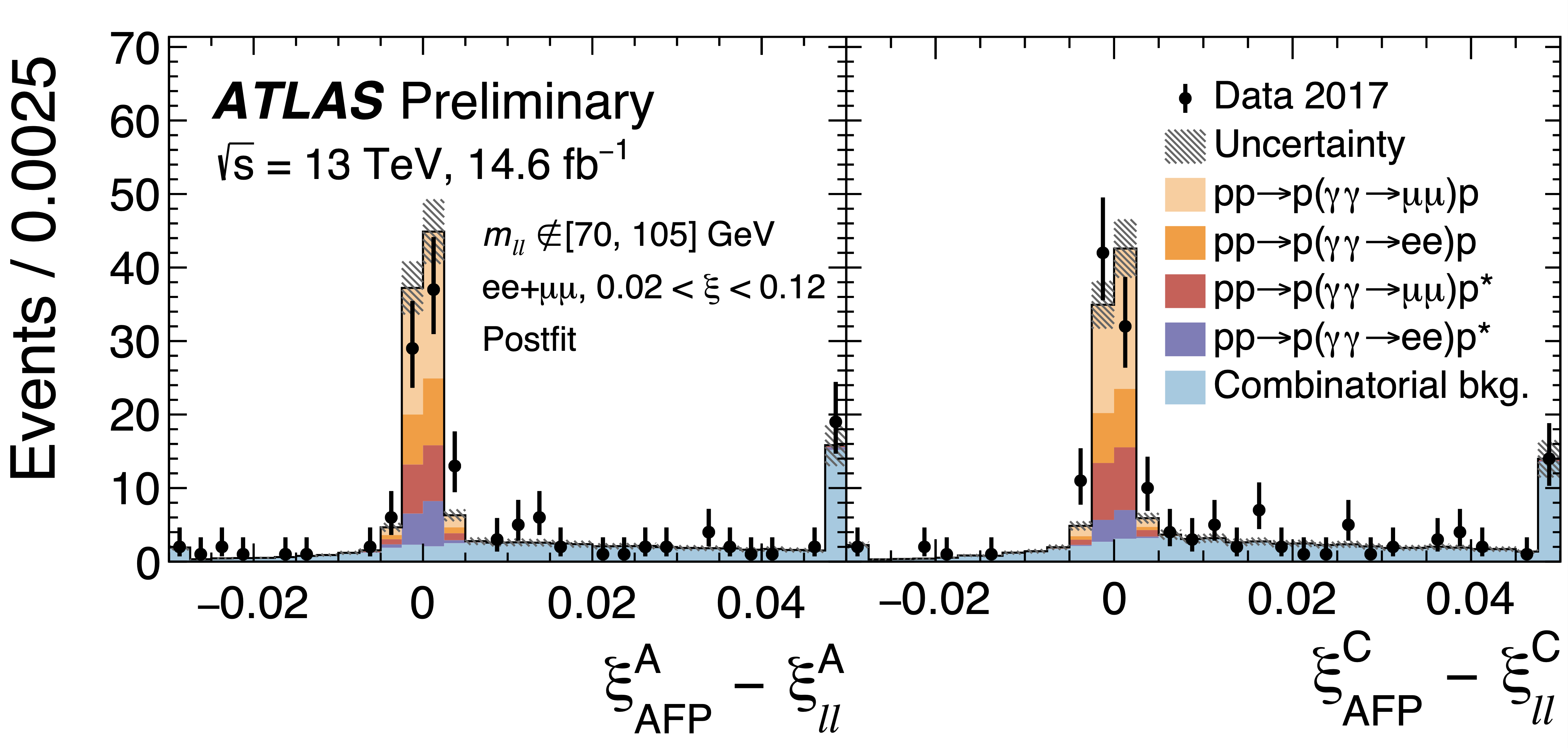One week to do it all – Days 4-7: Diffractive data taking
19 February 2016 | By
On Thursday morning the first fill reached “Stable Beam”. We had prepared a sequence to move the ALFA detectors so, with the push of a bottom, they were all moved to exactly the right position for loss maps. The fill had 42 bunches (as opposed to the 3 bunches used in elastic data taking), so the trigger rates were much higher than before.
The goal was no longer to take elastic events, but diffractive events which are rarer. These collisions do not need to be head-on or elastic, but can be something in-between. For example, diffractive events can occur when one proton is intact (like in elastic events), but the other proton is not (like in head-on collisions). The goal of this run was therefore to combine ALFA with the rest of ATLAS and take measurements, for example, of the intact proton in the ALFA detectors and the rest in ATLAS. Since these events are rare, more collisions are needed to statistically observe the physics. But, since there are more collisions, selecting which events should be stored for analysis has to be strict. The ALFA diffractive group had therefore set up dedicated selection criteria to decide online if an event should be stored or thrown away.

The fill was kept for just about 3 hours as it was preferred to move to a fill with even more bunches. The next fill was with 252 bunches and it was also kept for about 3 hours. These two fills were needed for safety considerations. When a beam setup is new and untested, it is safer to discover problems with fewer bunches. Normally the LHC can be filled with up to about 2800 bunches but, since ALFA has problems with bunches being very close together and with high particle flux in the detectors, this special running was limited to 685 bunches.
Late Thursday evening the first fill with 685 bunches was successfully brought to “Stable Beams” in the LHC and the real data-taking could start at full blast. I had helped the ATLAS trigger group in preparing the priorities for the run but, as always, a bit of fine tuning was needed. So I left the CERN Control Centre and hurried to ATLAS after “Stable Beams” was declared. Even though it was after midnight I found most of the trigger experts in a corner of the ATLAS control room eagerly looking at the rates and gradually changing the trigger setup to include a higher and higher fraction of interesting physics and background events. I joined them and together we continued the game of maximizing the outcome, without going over the limits. Had we gone over the limits, ATLAS would not have been able to handle it. As this special physics program was so short it was really important to get enough of both physics events and background events.
It turned out that some of the special ALFA events I had requested for background studies were a source of problems. While the events were small in size, so not a lot of bandwidth was needed, they were so numerous that we hit a new limit in the system: the processors of the PCs dealing with the storage. I therefore selected which ALFA background events we needed the least, and we stored a smaller fraction of these in order to leave resources for the diffractive physics events, our main goal.
The fill ended with a superconducting magnet problem at 03:36. Its recovery took until the next evening, giving me a chance to sleep a bit…
From Friday evening on everything went smoothly, for the most part. Monitoring the detector was mainly done by our shifters and I was called only when something went wrong. By Sunday morning we had three good fills and already more data than we had hoped for. At the 8:30 daily LHC meeting it was decided to go for one more day and a fifth very good fill was made.
The only real problem during the diffractive data-taking period was “Single-Event-Upsets” (SEU) in the ALFA electronics. When a particle passes through the electronics, there is a chance that a “bit” is flipped. If that happens the electronics can go into a bad state. ALFA was only designed for the low number of bunches seen during elastic data-taking and was therefore not very well protected from SEU. Five SEU were observed during data-taking. Each time I had to ask ATLAS to stop the run, then power cycle the ALFA detector and reconfigure it, then re-include it in the run (basically re-synchronizing the event number) and re-start the ATLAS run.
The diffractive program ended Monday morning when the final beam was dumped by the LHC operator as they needed to go back to normal physics data-taking. It had been very successful and the excellent availability of all the ATLAS sub-detectors (including ALFA) meant that ATLAS had collected about 82% of the luminosity delivered, which is extraordinary for special run, where often only 50% efficiency is observed.
One week to do it all – and we did it.




